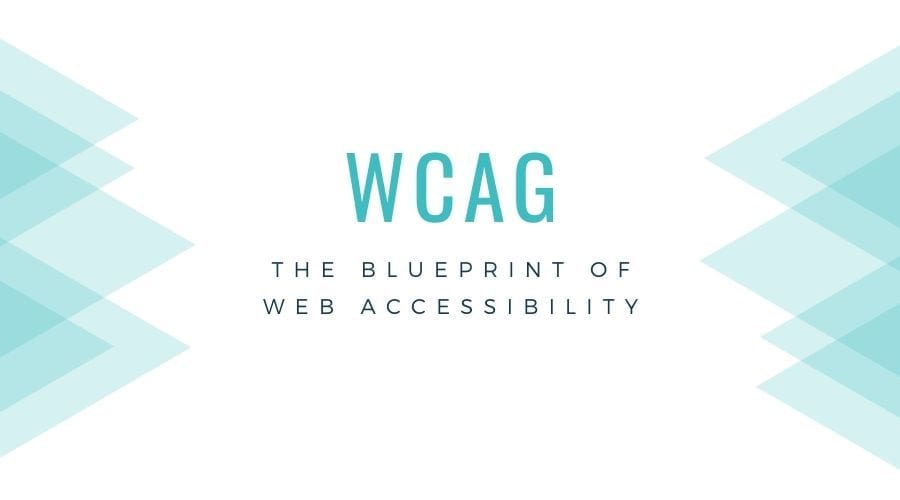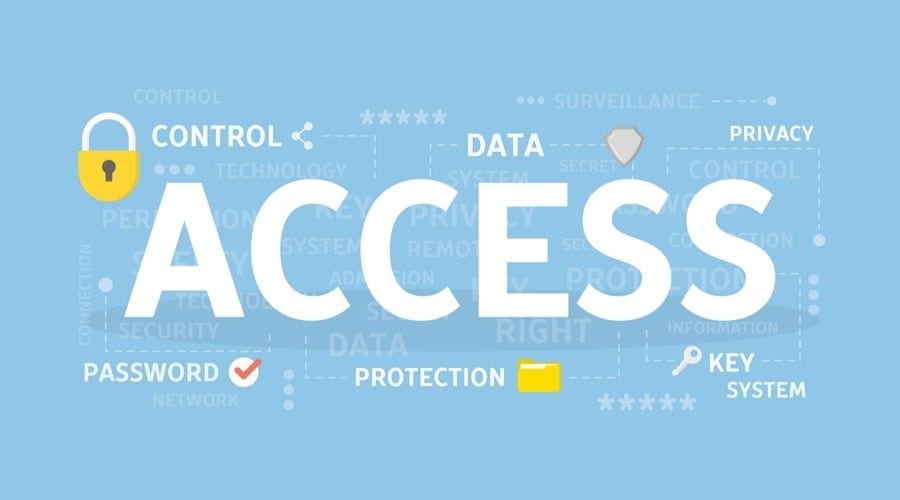Web Content Accessibility Guidelines

WCAG: The Blueprint of Web Accessibility
Recently we talked about some important points for making your website accessible to individuals with disabilities. It’s not only good practice, it’s also the law. As we discussed earlier, the Americans with Disabilities Act, created in 1990, prohibits discrimination against any individuals with disabilities in all areas of public life–including websites.
Why strive for an accessible website? Aside from conforming with a very important law, you are also making sure anyone could use your website. As lifespans increase, so will the population of individuals with some type of disability–visual, cognitive, auditory, etc. Do you really want to keep a growing segment of the population away from your products and services?
So how do you know if your website is actually accessible? There is actually a thorough guide that is both helpful and informative.
Web Content Accessibility Guidelines (WCAG): Have You Heard About It?
Back in 1999 the World Wide Web Consortium (W3C)–an international team of digital accessibility experts–created the first version of the Web Content Accessibility Guidelines. This became an important resource for web developers and authors to create sites free of barriers.
Of course, technology has changed dramatically since then. Twenty years is a long time. Your phone line no longer makes strange sounds each time you get on the internet. Web pages load much faster and are much more dynamic. Things you could do on the web now were simply pipe dreams back then.
Given the changing landscape of the internet, W3C replaced their old guidelines in 2008 with the WCAG 2.0. And, more recently, in June of 2018, WCAG 2.1 was released.
The new version of WCAG didn’t rewrite all the rules of the 2008 document. Instead, it added new success criteria for website accessibility given the advances in technology. Seventeen new success criteria were added to the WCAG 2.1 version.
What’s Included in the WCAG?
The WCAG 2.1 has several sets of success criteria making up three levels of conformance (more on that in a bit). Boiling it down to simplest terms, the WCAG has four main principles:
- Perceivable: The webpage’s contents are detectable and adaptable to everyone, regardless of disability.
- Operable: All users must have the opportunity to use the components of the page, even if this means accessible technology like voice control, keyboard controls, and other adaptive equipment.
- Understandable: The information on the page must be easy enough for individuals with various levels of cognitive abilities to understand.
- Robust: The page must be accessible on various devices and technologies.
Below each principle are guidelines. In total, the 13 guidelines provide basic goals to make content more accessible. These guidelines, however, are not testable–simply a framework to help understand the next level under guidelines–success criteria.
Each guideline has a testable success criteria. Achieving these measurable goals for your website allows puts it in one of three levels of conformance:
- A: Website with the most basic web accessibility features–may not be ADA compliant.
- AA: Website addressing the most common barriers related to individuals with disabilities.
- AAA: Website has the highest and most complex level of web accessibility.
So how does that actually look? Why not check the WCAG quick reference guide for a better understanding on how to score the highest level of conformance on your page?
For now, let’s look at an example:
Guideline 1.4 Distinguishable:
(Users can see or hear content including separating foreground from background.)
Here is one example for each level of compliance listed in this section.
- A: “Color is not used as the only visual means of conveying information, indicating an action, prompting a response, or distinguishing a visual element.”
- AA: “Except for captions and images of text, text can be resized without assistive technology up to 200 percent without loss of content or functionality.”
- AAA: “Images of text are only used for pure decoration or where a particular presentation of text is essential to the information being conveyed.”
(These are just three of 13 success criteria for this section.)
WCAG Techniques: An Added Perk
What are some ways you can make your website more accessible? WCAG 2.1 has a techniques section to give information to web authors and evaluators about meeting the success criteria.
There are three types of guidance in the techniques section:
- Sufficient techniques: Reliable ways to meet success criteria
- Advisory techniques: Suggested ways to improve accessibility
- Failures: Things that cause accessibility barriers and failures to achieve success criteria
There is a lot of valuable information in this document. Unfortunately, some of this may be difficult to understand for novice web page creators with limited knowledge of coding and other web design principles.
How Do You Know if Your Website is Compliant with WCAG?
You could go through all the criteria by hand, hope you understand it, and see if your site complies. Of course, it doesn’t have to be that hard and time-consuming. Some of the criteria can be tested using web accessibility tools. For other criteria, a trained expert in web accessibility may need to evaluate your page.
It’s important to note, not every webpage will ever make it to AAA compliance–at least at this point. You do, however, want to aim for an AA compliance level–this is generally the standard for many digital accessibility policies around the world.
Need Help Making Your Website Accessible?
Has all this information got your head spinning? Not even sure where to begin? It’s okay. We got you covered.
Simply fill out this simple form below. We will be more than happy to take a look at the website, run some tests, and even help you make changes to improve the accessibility of your website.
Remember: An accessible website provides a great user experience for all. Let us help you reach compliance.



